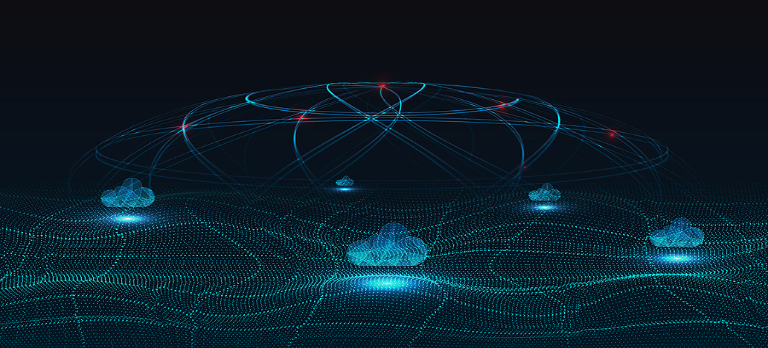Government space operations are entering a new era—one powered by AI, edge computing, and advanced analytics. The 2025 report, The New Space Tech Stack, explores how emerging technologies are enhancing mission readiness, improving Earth observation, and expanding interagency collaboration across the public sector.
AI-Powered Insights from Satellite Data
Artificial Intelligence (AI) is unlocking new levels of insight from satellite imagery and other remote sensing data. Agencies are combining multimodal sources like telemetry, weather, and sensor feeds to identify patterns and extract actionable intelligence. Neural networks can now detect unauthorized land use, track environmental changes, and even predict urban expansion, accelerating the government’s ability to plan and respond.
Real-Time Decision-Making at the Edge
Edge computing is transforming how agencies process space-derived data. By analyzing information locally on satellites, drones, or rovers—rather than transmitting it back to Earth—agencies can make faster decisions during critical missions. These capabilities are especially valuable in defense, climate monitoring, and planetary exploration, where bandwidth is limited and timing is crucial.
SAR for Disaster Response and Climate Resilience
Synthetic Aperture Radar (SAR) enables agencies to track changes to the Earth’s surface regardless of weather or light conditions. SAR-equipped satellites are being used to detect wildfires, floods, and infrastructure vulnerabilities in real time. The Department of Homeland Security and other agencies are leveraging this data to improve disaster preparedness and climate resilience strategies.
Immersive Tools for Mission Planning
The use of augmented reality (AR), virtual reality (VR), and gaming engines is redefining how agencies visualize space missions. These tools enhance situational awareness, reduce training time, and allow operators to manage satellite constellations or simulate complex mission scenarios in highly realistic environments.
Looking Ahead at Space Tech
As commercial innovation accelerates and government missions become more data-driven, agencies must adopt a flexible, AI-ready approach to their space operations. By embracing the full potential of the modern space tech stack, public sector leaders can deliver faster insights, strengthen national resilience, and drive mission success both on Earth and beyond.
To see how your agency can evolve its space strategy, download the full report on GovWhitePapers.










